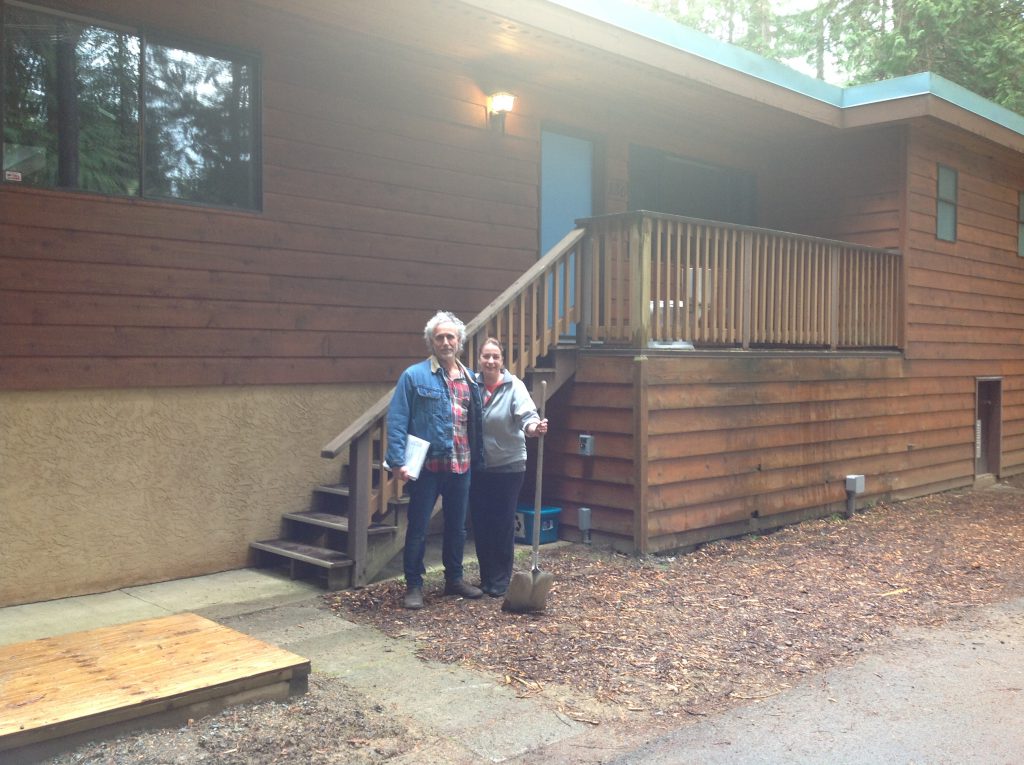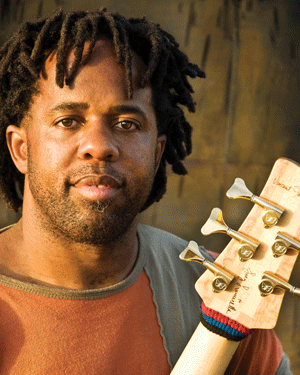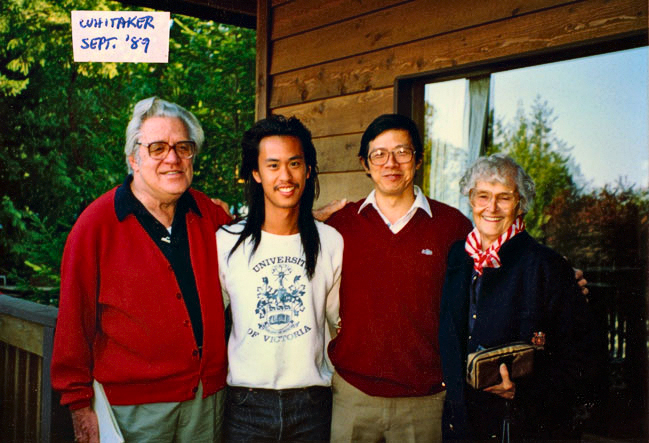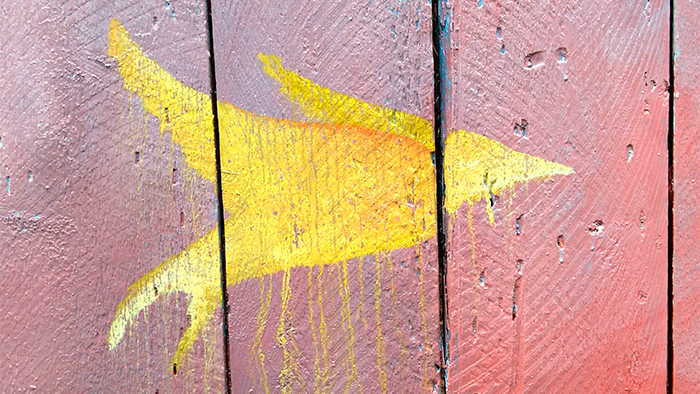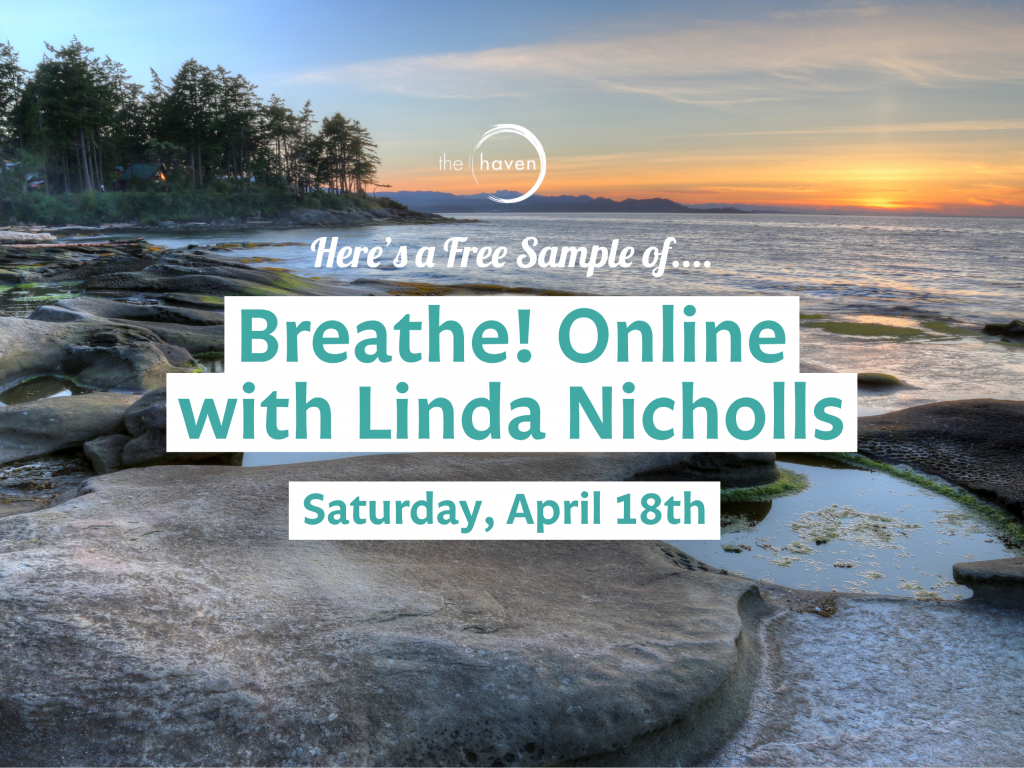From Haven House to The Haven, Awareness is the Key
By Paul Walton
This article first appeared in the Nanaimo Daily News, March 09, 2010
After doing a course at The Haven on Gabriola Island last month, executive director Rachel Davey asked if I could bring some attention to the difference between The Haven and Haven House. I can and will. And more importantly, I also want to consider something that connects these organizations, though they are completely unrelated.
Haven House, in Nanaimo, “provides services to women, children, youth and families who have experienced violence.” The Haven is an educational institution with a focus on personal development. Both do important work, though in different areas, and I encourage all to investigate both to determine how best to support one, the other or both.
Where I see the two intersecting is in the work of Joann Peterson, the former educational director at The Haven. Peterson wrote what, in my opinion, is a very important and powerful little book titled, Anger, Boundaries and Safety. In 137 pages, she teases apart the assumed connection between anger and violence. Anger, says Peterson, is a vital and important emotion when we can find ways to express it without violence. I refer curious readers to the book for more.
The failure to differentiate anger and violence, and society sanctioning some anger as violence, has partly necessitated the services of agencies like Haven House. Peterson’s persuasive argument is that when all of us become familiar with what anger feels like, and we can find safe ways to express it, we can then have a greater experiences of ourselves.
The Haven offers a course of the same name, Anger, Boundaries and Safety, and agencies like Haven House could only benefit from more people separating out violence and anger, though it appears linked tighter than ever in this society.
Haven House is on record as saying they support any programs that go toward ending violence toward women, children and families. The organization is motivated into stopping violence because domestic abuse is an evil that continues to spread.
Part of The Haven’s core teaching includes awareness, acknowledgment, acceptance, action around and appreciation of our full range of emotions, including anger. The Haven’s mandate is “to provide programs in personal and professional development that embody the principles of responsibility, communication and relationship.” That could include learning about separating anger and violence.
Peterson, who died in 2007, made no secret of coming from a background of abuse, and her life’s work led her to years of working with adults and children touched by violence. Her book is no technical treatise, no dry analysis done by a capable educator. Rather, she explores important concepts like boundaries and how to safely express anger without violence, for both adults and children.
I believe that separating anger and violence can do more to resolve the issue of bullying than any rules, regulations or laws.
Peterson outlines some very simple ideas in which anyone, if they are committed to the process, can identify and express anger so that it does not emerge in a violent way.
When violence and anger remain fused, Peterson writes, “our humanity suffers an erosion at the level of the soul.” We become disconnected, she says, and “experience an acute pervasive loneliness and isolation.”
Separating the two, she proclaims, and experiencing anger in a healthy, safe way can bring us back into connection individually and as a society.
© The Daily News (Nanaimo) 2010
Joann Peterson’s Anger, Boundaries and Safety is available from The Haven.

